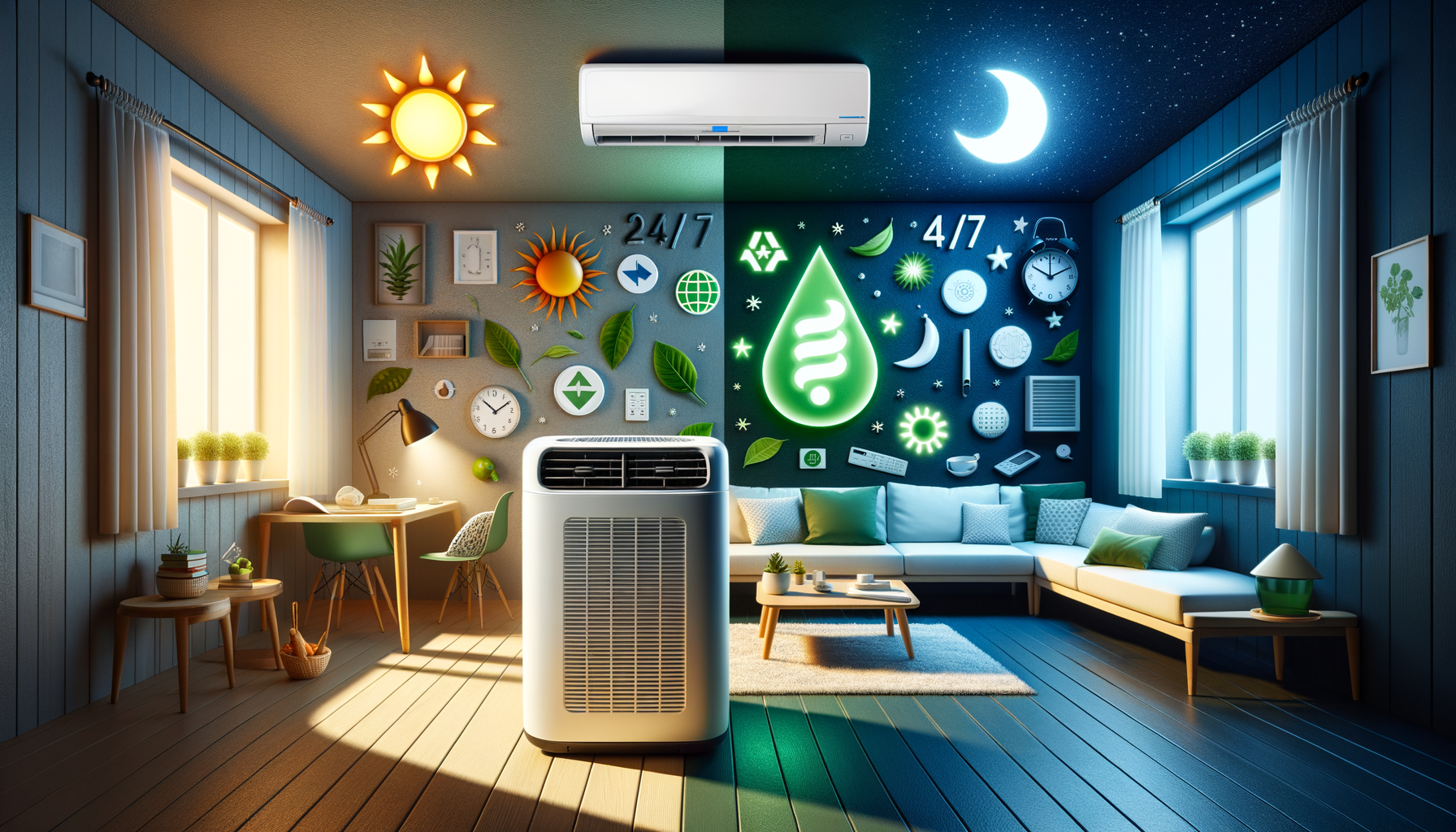Energy Efficient Portable Air Conditioners – Summer Comfort Without Waste
Portable air conditioners offer a flexible and energy-efficient solution for cooling spaces during hot summer months.

Understanding Portable Air Conditioners
Portable air conditioners are a versatile and convenient solution for cooling individual rooms or small spaces. Unlike traditional air conditioning systems, these units do not require permanent installation, making them ideal for renters or those who move frequently. Portable air conditioners work by drawing in warm air from the room, cooling it through a refrigeration cycle, and then expelling the cooled air back into the room. The warm air and moisture are vented out through an exhaust hose that is typically placed in a window.
These units come in various sizes and cooling capacities, measured in British Thermal Units (BTUs). The higher the BTU rating, the larger the space the unit can cool. It’s crucial to choose a model that matches the size of the room to ensure efficient operation. Some models also offer additional features like dehumidifiers, air purifiers, and programmable timers, enhancing their functionality.
Portable air conditioners are particularly beneficial in situations where permanent air conditioning systems are impractical. They provide a cost-effective alternative to central air systems, especially when cooling needs are temporary or limited to specific areas. With advancements in technology, many portable units now boast energy-saving features, making them an environmentally friendly choice.
Energy Efficiency and Environmental Impact
One of the primary considerations when selecting a portable air conditioner is its energy efficiency. Energy-efficient models not only reduce electricity bills but also minimize environmental impact. Look for units with an Energy Efficiency Ratio (EER) of 10 or higher, which indicates a higher efficiency level. Additionally, some models are ENERGY STAR certified, ensuring they meet strict energy-saving guidelines set by the government.
Energy-efficient portable air conditioners often include features such as programmable thermostats, sleep modes, and variable fan speeds. These features allow users to tailor the unit’s operation to their specific needs, further enhancing energy savings. For example, a programmable thermostat can be set to cool a room only during certain hours of the day, reducing unnecessary energy consumption.
Beyond individual savings, using energy-efficient appliances contributes to broader environmental goals. By reducing electricity consumption, these units help decrease greenhouse gas emissions from power plants. This is particularly important as the demand for air conditioning increases globally due to rising temperatures. Opting for a portable air conditioner with a lower environmental impact is a step towards more sustainable living.
Installation and Maintenance Tips
Installing a portable air conditioner is generally straightforward, but following a few key steps can ensure optimal performance. Begin by selecting a suitable location near a window for venting. Ensure that the exhaust hose is as short and straight as possible to minimize resistance and improve efficiency. Avoid bending the hose sharply, as this can restrict airflow and reduce cooling effectiveness.
Regular maintenance is essential to keep the unit running efficiently. This includes cleaning or replacing filters every few weeks, depending on usage. Clogged filters can impede airflow and force the unit to work harder, increasing energy consumption. Additionally, periodically check the exhaust hose and window kit for any obstructions or damage.
Some portable air conditioners also require periodic draining of accumulated moisture. Models with self-evaporating technology reduce the need for manual draining, but it’s still important to monitor moisture levels, especially in humid environments. Proper maintenance not only extends the life of the unit but also ensures it operates at peak efficiency.
Comparing Portable Air Conditioners to Other Cooling Options
When considering cooling solutions, it’s helpful to compare portable air conditioners with other options like window units, central air systems, and fans. Each option has its advantages and limitations, and the best choice depends on individual needs and circumstances.
Window air conditioners are often more efficient than portable units because they are permanently installed and sealed within the window frame. However, they can be cumbersome to install and may not be suitable for all window types. In contrast, portable air conditioners offer flexibility and ease of installation, making them ideal for temporary or supplemental cooling.
Central air systems provide whole-house cooling but come with higher installation and operating costs. They are a good choice for larger homes with existing ductwork. Portable units, on the other hand, are perfect for cooling specific rooms, reducing the need to cool unoccupied spaces and saving energy.
Fans are the most economical option but only circulate air without actually lowering the temperature. They can be used in conjunction with portable air conditioners to enhance airflow and cooling efficiency. Ultimately, the choice between these options will depend on factors such as budget, space, and specific cooling requirements.
Conclusion: Choosing the Right Cooling Solution
Portable air conditioners offer a practical and energy-efficient solution for those seeking flexible cooling options. With their easy installation, mobility, and advanced features, they provide comfort without the commitment of permanent systems. When selecting a unit, consider factors such as room size, energy efficiency, and additional features to ensure the best fit for your needs.
As energy efficiency becomes increasingly important, choosing appliances that minimize environmental impact is a responsible choice. Portable air conditioners that offer high EER ratings and ENERGY STAR certification can significantly reduce energy consumption and carbon footprint.
In conclusion, whether you’re looking to cool a single room or need a temporary solution, portable air conditioners are an excellent choice. By understanding their benefits and limitations, you can make an informed decision that balances comfort, cost, and environmental responsibility.